Kharshali to Hatkoti – the abode of Mahishasurmardani – in Rohru
I have been living in Shimla since past 7 years but never got
an opportunity to go for darshan of Hatkoti Mata; maybe the bulawa (divine calling) had not
come. But when a dear friend, Anuradha, wished for a break in the mountains we decided to
visit the beautiful Pabbar valley. I had not much knowledge of this valley and
nothing about this temple. In my mind I imagined the temple to be a simple one,
like of a local deity, as is quite prevalent in Himachal.
But as soon as I entered, I was pleasantly surprised at the grandeur of it – the beautiful main dwar, the brass lions, huge
courtyard, the intricate carvings – and strong positive
energy. I could immediately see that it was an old temple complex rich with
mythology and history. Rightly so as I realised that Hatkoti mata is
Mahishasurmardini – the devi created by the Tridev – Bramha, Vishnu and Mahesh
to kill the asura Mahishasur. The Asura which had the boon that he will not be
killed by any man or animal and hence a Devi was created. She killed the asura
in this valley after fighting him for 15 days and saved the gods from his
wrath.
 The Brass Lion at the entrance - gifted by Dr K.C. Azad, the father of my colleague Ms Kartik Mrityunjay
The Brass Lion at the entrance - gifted by Dr K.C. Azad, the father of my colleague Ms Kartik Mrityunjay
 The entrance of the temple and the Paddy fields behind - the trademark of Hatkoti - with Anuradha
The entrance of the temple and the Paddy fields behind - the trademark of Hatkoti - with Anuradha
Carving inside the Shiva temple
Carved idols in the Shiv Temple
The five Deols - representing five pandavas
But the
most fascinating feature is the idol of Hatkoti mata – made in ashtdhatu and
decorated beautifully. There is a pull in the idol and you shall want to go on
looking at her. She has varying expressions on her face – stern - as she
was created to kill – but benevolent too - as she is the protector of
the Pabbar valley. The shringar is unique; not seen in most temples of Himachal.
This
caught my attention and I was told that the main udgam sthan (birth place)
of Hatkoti mata is not Hatkoti but Kharshali – a place 20 km away in the
mountains deep in the jungles of Rohru – a fact not known to many.
Now why did the Devi leave her birth place?
The legend says that centuries ago the two villages –Kharshali and Ghazani – were fighting with each other for supremacy over the Devi. The Ghazani village people, in trying to win Devi’s heart, sacrificed a dumb man and a cow in her temple. This angered the Devi so much that her fury resulted in torrential rain and the water paved its way to Pabbar River. There were two copper pots and Devi herself sat in one and floated away. The pots were making whistling sounds which were heard by a pundit and he caught them and brought them to his home. At night the Devi appeared in his dream and asked him to build a temple at Hatkoti for her.
For ‘Churu’ it is said that both the pots tried to submerge themselves in the Pabbar River during the next rains, the priest however managed to catch one - the other simply floated away. Since than the remaining one is chained though it still tries to run away during monsoons.
The story caught our imagination and we changed our
plans of trekking in the Rohru Mountains and decided to go to the birth place
of Devi Hatkoti instead. The landscape started changing as we travelled along the beautiful
Pabbar River up the mountains into the dense Devdar forest. We reached the main
gate of the complex and saw a small lake surrounded by tall trees and a tiny
temple at the far end. It is an open temple with not much decorations or
frills; has tribal look, with no regular pandit ji but worshipped with faith.
There is a huge Dev-Van next to the temple complex. I had not seen a place so beautiful in Himachal till now; dense Devdar forest amidst meadows – so peaceful - so tranquil - a place fit for meditation and just being one with the nature, absolutely magical. We walked deep in the forest and sat quietly for a while soaking in the positive stillness. The kind of stillness one yearns for - truly divine.
And while we were sitting quietly in the temple at Kharshali, soaking in its magnetic pull - there came many women- of all ages - as a group to
pray to the Devi. To me it seemed as if the Devi was endorsing my thoughts of
women empowerment as all of them were part of a Self Help Group making and
selling many products. All were out of their homes to have a fun day– singing
and dancing – clicking pictures and just enjoying the womanhood and sister
bonding.

 The members of Gilhadi Mahila Mandal Jubbal
The members of Gilhadi Mahila Mandal Jubbal
Jai Mata Hatkoti
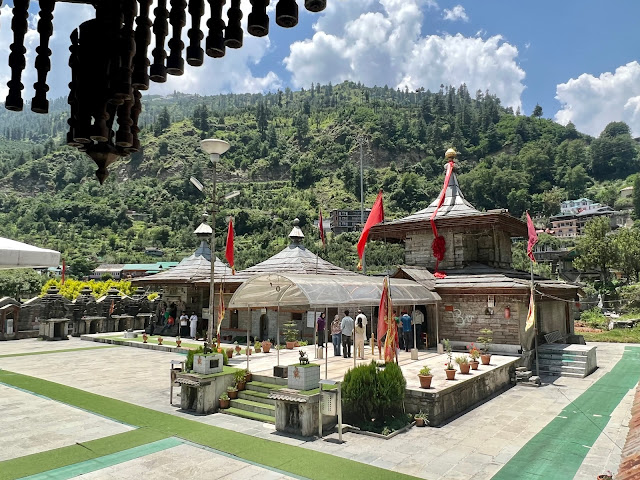






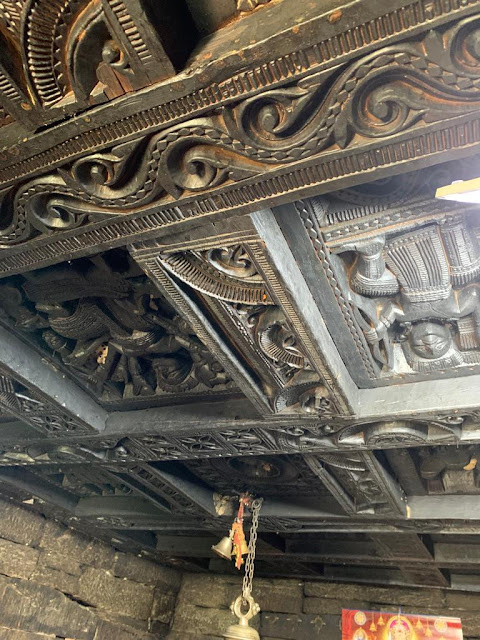





















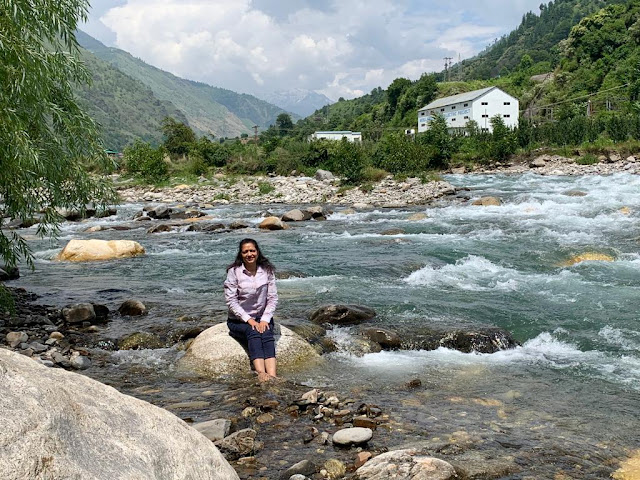
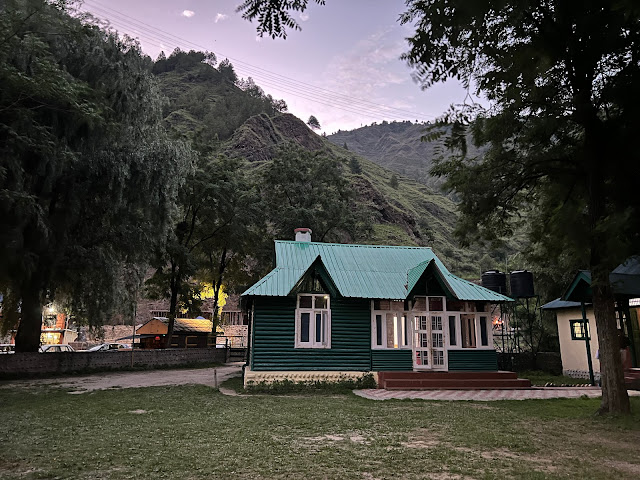

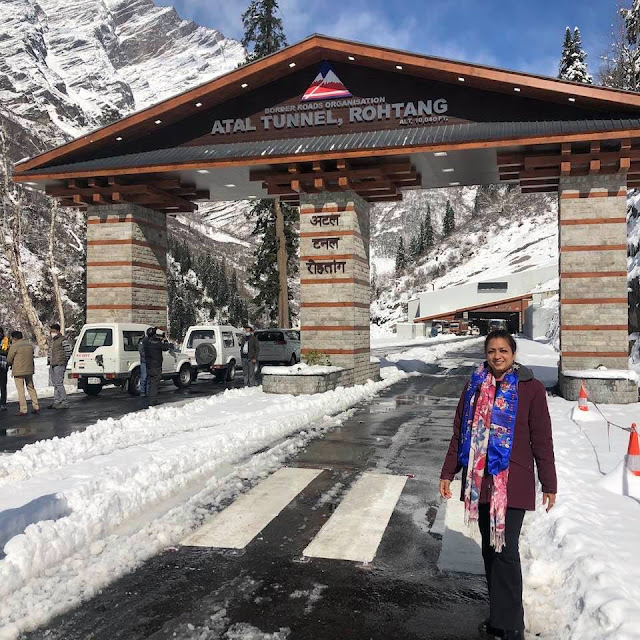
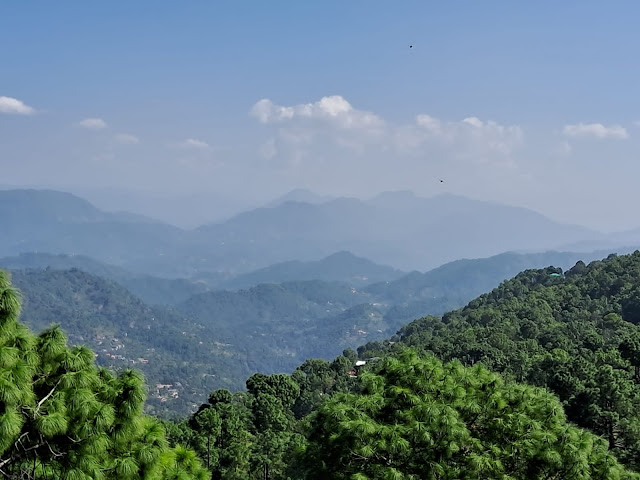
This is facinating....Anurita...i like the personalised storytelling with the apt amount of history...
ReplyDeleteThanks a lot
DeleteUnique blend of culture and history, madam. I was not aware of such a rich history of the area and the link between Kharshali and Hatkoti temple. You have presented it in a beautiful way.
ReplyDeleteJai Mata Hatkoti
🙏🙏🙏
Thanks a lot Sir
DeleteBeautifully narrated! Such a rich
ReplyDeleteThanks
DeleteThe temple ours so magnificent and the forest above green meadows, simply breathtaking. I am so tempted to just jump in a bus and go there. And the lodge in the banks of crystal clear waters, divine ❤️❤️🫶🏼
ReplyDeleteYou must do that 😁
DeleteAnurita, it’s heartwarming to observe that you have made it a pursuit to visit and highlight these small yet key heritage of Himachal, be it craft, culture or traditions, though your honest writings, pictures and experiences. Kudos!
ReplyDeleteThanks 😊
DeleteIt was an apt occasion to embark upon a spiritual journey that too with a palsy walsy company of ma’am Anuradha Thakur where you saw such a beautiful temple replete with an aura of divinity all around.
ReplyDeleteYour lovely encounter with rural ladies and getting engrossed in a bucolic ambience coupled with mystical eudemonia must have added a groovy charm to your visit to this place ma’am.
Valley of Hatkoti is mysterious. A fabulous write-up.
ReplyDelete